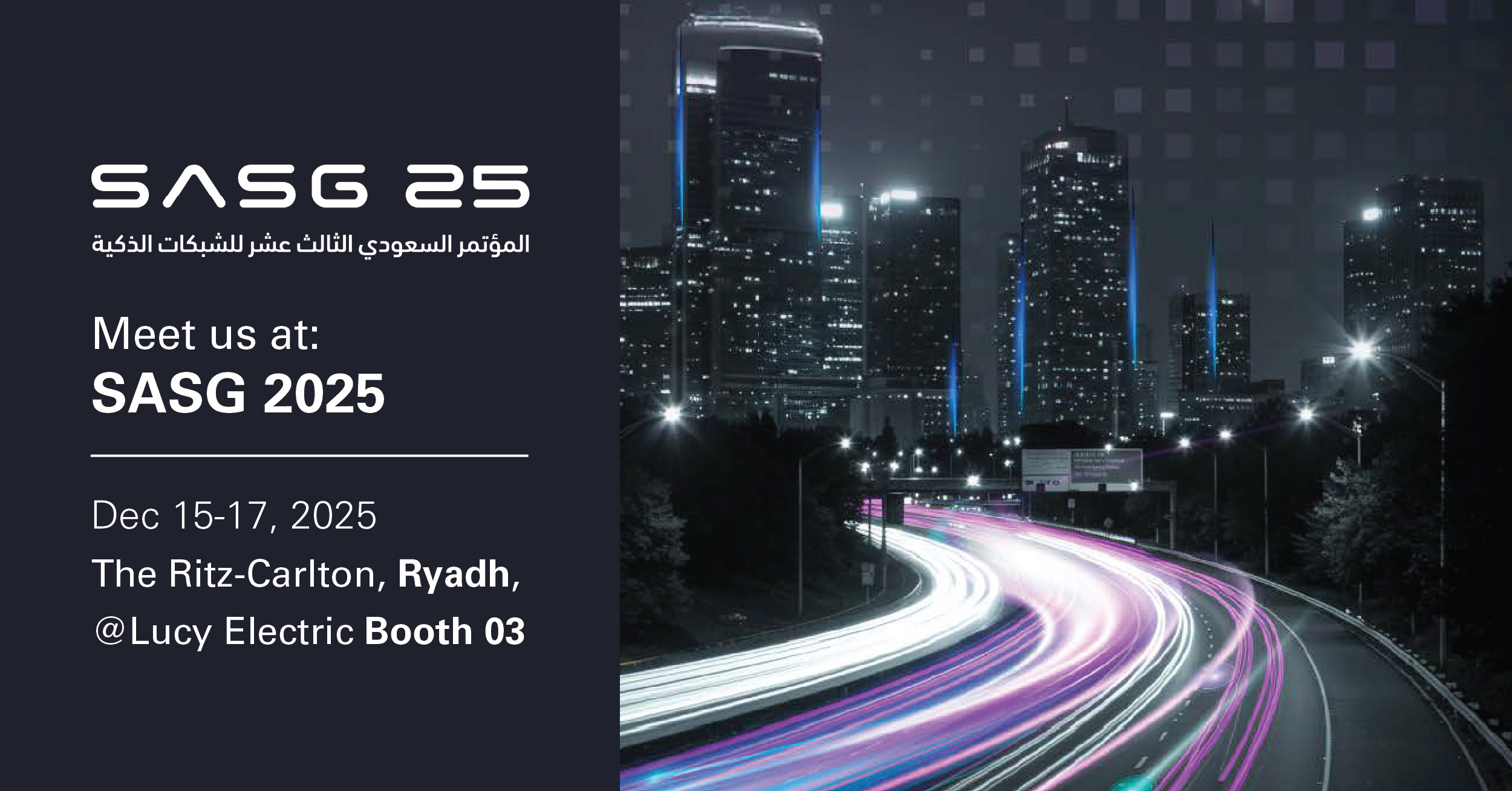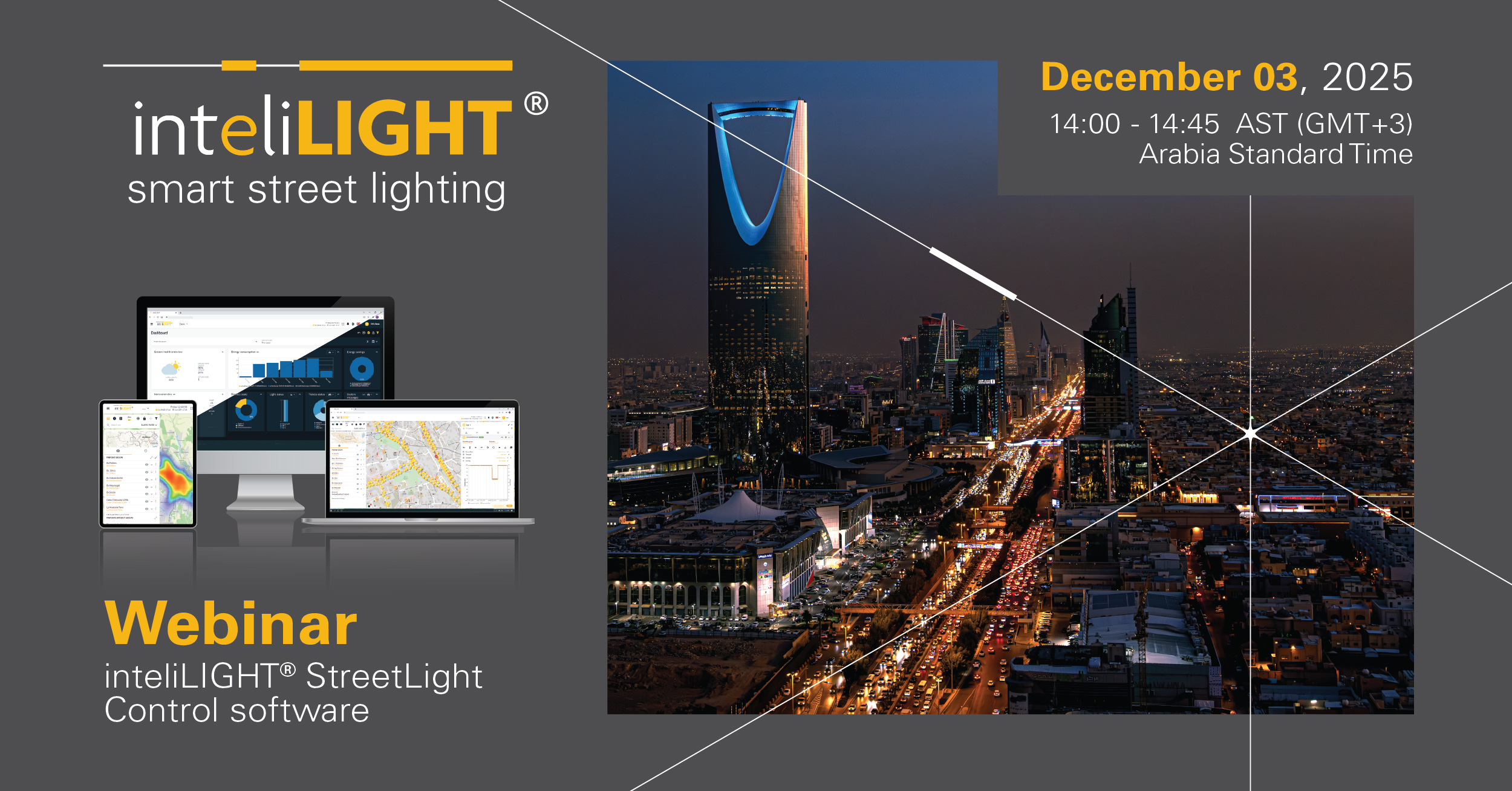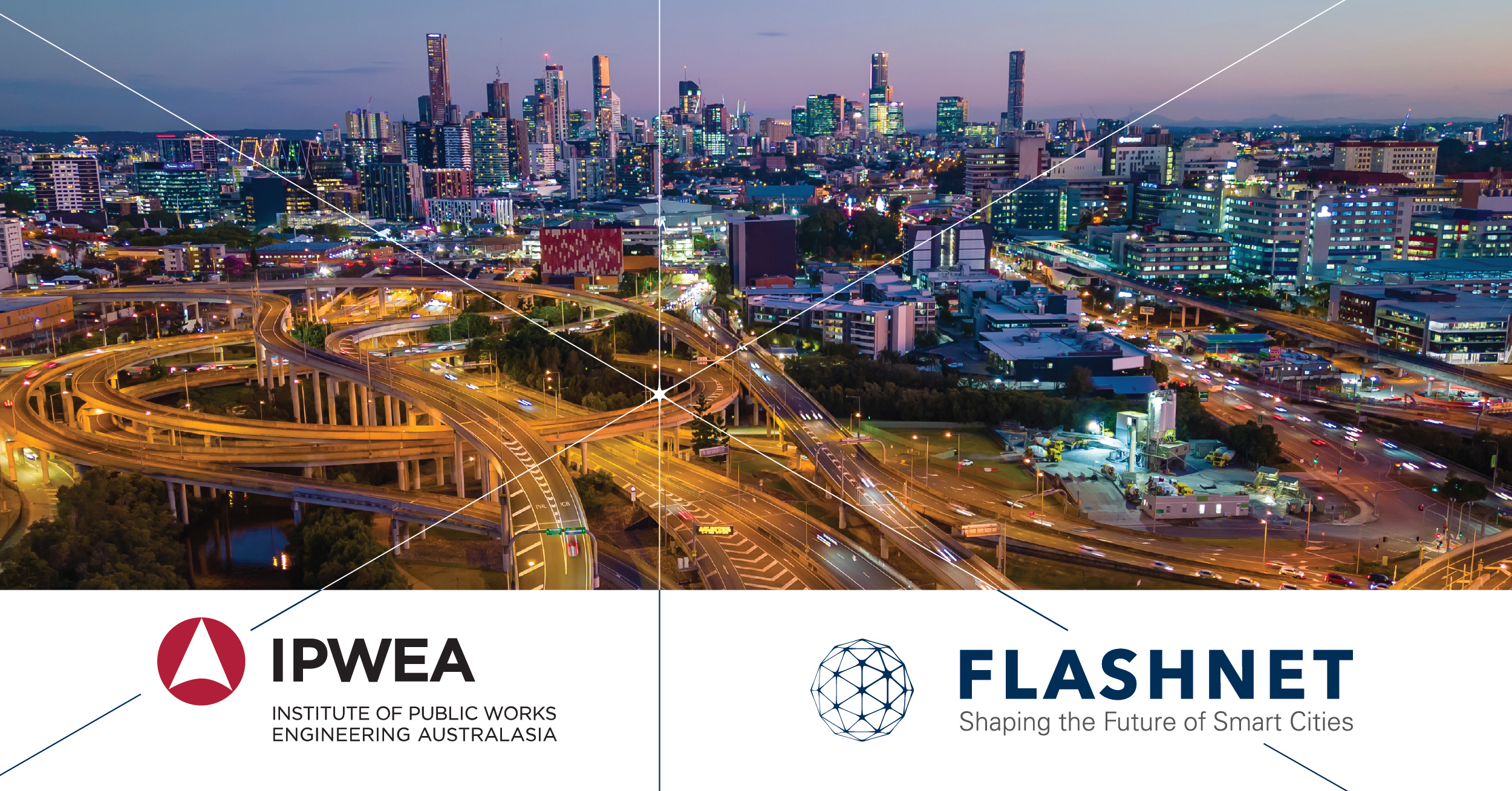Using the inteliLIGHT® solution, the benefits of modern lighting control will be available for the first time on the streets of Shymkent, South Kazakhstan.
Shymkent is the third most populous city in Kazakhstan, behind Almaty and Astana, with an estimated population of 629,600 in 2011. The South Kazakhstan Region capital, this notable cultural and industrial center is planning to initiate a large scale replacement and modernization program targeting the existing street lighting infrastructure in the following years. With Kazakhstan being one of the important players on the worldwide energy market, the country’s interest in energy efficient solutions confirms the streetlight control’s market estimated growth for the following years.
Installing city-wide LED street lighting will be the municipality’s main objective, but the benefits of modern street lighting control systems have also been analyzed and considered. After overviewing several existing street lighting control solutions, Shymkent has decided to implement a pilot project using Flashnet’s already proven street lighting management solution, inteliLIGHT®, in order to test its functionalities: remote ON/OFF control, dimming, scheduling and luminaire monitoring.
The pilot project was deployed in mid-March 2016, installing management capabilities using PLC FPX-220 controllers. The PLC communication protocol allows inteliLIGHT® to communicate over the existing power supply cables, with no additional infrastructure and no civil works needed.
The PLC solution requires a structured street lighting grid in order to offer optimum performance, but allows low interference communications and real time lighting control together with detailed network parameter measurement and analysis.
Shymkent’s municipality intends to control remotely up to 19.000 lamps in the following years, but the actual project deployment depends on finding reliable financing sources. After successfully testing the inteliLIGHT® functionalities, the city requested a technical and commercial proposal for the next stage of the project, planned to be installed by the end of 2016.













